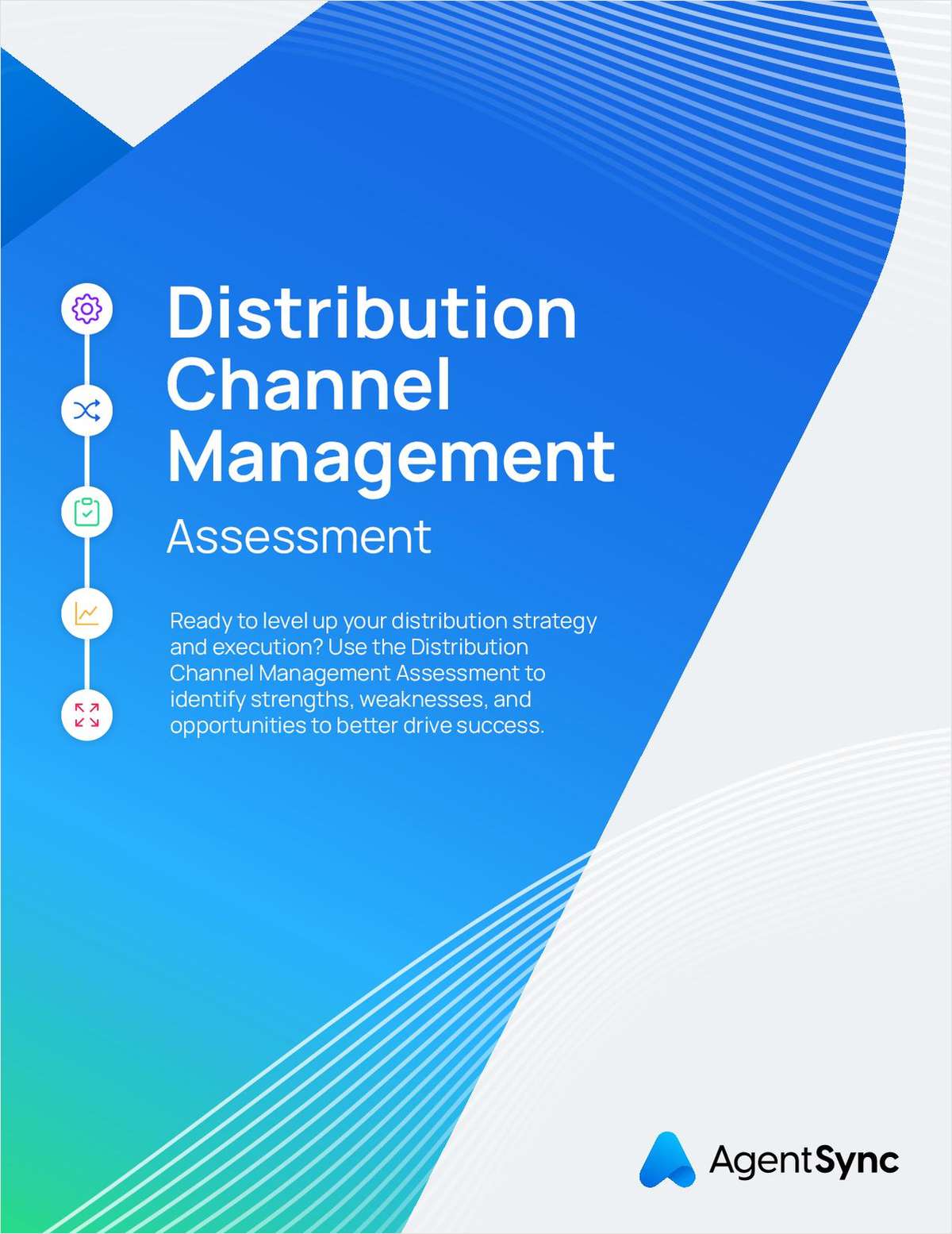Workers’ compensation has become a costly and difficult program to manage. However, in working with employers across the country, I have found that programs often have “hidden gifts.” Once these gifts are recognized and properly leveraged, employers can dramatically improve their workers’ compensation program costs and outcomes.
Here are seven “gifts” you might explore.
Gift #1: Untapped Talent
Many risk management departments are strapped for resources, especially with today’s reduced staffs. Now is an opportune time to take inventory of your team. Staff members may have overlooked or untapped skill sets that can be utilized to achieve your workers’ compensation goals. After reassessing your team members, you may want to reshuffle roles to better align responsibilities within their expertise and talents. Encourage staff to develop or adopt new strategies, and give them a sense of ownership and empowerment to foster these initiatives.
Gift #2: Time as a Missed Opportunity
Wasted time and process delays represent missed opportunities in your program. For example, work-related injuries are often reported late, creating a chain reaction of setbacks. As a result, workers’ compensation has traditionally been inefficient and highly reactive. Early intervention can enable a proactive and coordinated response at the time of injury. The first component of early intervention is timely reporting. Injury hotlines staffed with triage nurses enable injured employees to speak to a triage nurse, who is able to make immediate medical decisions that positively impact costs and outcomes.
Gift #3: Unintended Messages
Many workers’ compensation programs aim to reduce injuries. However, if this objective is not carefully communicated, employees may misconstrue the message, believing they will be reprimanded if they are injured on the job. As a result, many employees do not report injuries, or they wait until the injury becomes worse to tell anyone. Unintended messages can translate into an undesirable impact on claims.
To avoid this scenario, employers must strive to foster open communication, encouraging employees to report even minor injuries and incidents as soon as possible. For example, injured employees can call an injury hotline to speak directly with a triage nurse. These nurses are objective and compassionate medical professionals who listen closely to the details of each injury and focus on the individual’s unique medical needs. As a result, employees have a positive experience, and employers send a clear message to their staff — that they care about their employees’ health, safety, and well-being.
Gift #4: Unknown Returns
When you implement a new program, whether it is related to back safety or injury triage, be sure to establish benchmarks and progress reports from the start so you can measure and track the returns achieved with your investments into these programs. If you are working with service providers, they also can help monitor the progress, success, and savings of these initiatives.
Gift #5: Unrealized Savings
As the old management adage goes, you can’t manage or improve what you don’t measure. Having the right information is key to identifying and taking advantage of unrealized savings in your workers’ compensation program.
You should start by identifying key performance indicators (KPI) that can help measure areas of importance. For example, a KPI could be established to track emergency room visits. If the data shows that a high percentage of your injured employees are sent to the ER for care, you may be able to decrease unnecessary visits by utilizing urgent care facilities, occupational clinics, and even first aid when appropriate.
By leveraging an injury hotline on the front end of your workers’ compensation process, you not only refer injured employees to an appropriate level of care, but also collect all the right injury-related information, which can later be analyzed for trends and to devise program improvements.
Gift #6: Unrecognized Success
Whether you are a large public or commercial entity, your constituents may be achieving local successes in their workers’ compensation programs. Perhaps departments have reduced injuries with safety initiatives, or they have improved return-to-work results by establishing an online database of modified duty assignments. Whatever the case, it is important that organizations have a mechanism to identify, recognize, and celebrate these successes.
Many workers’ compensation programs announce successful initiatives through an organizational newsletter or web site. Others establish risk control incentives and awards that further motivate departments to achieve key workers’ compensation objectives. Many successful initiatives address common workers’ compensation issues, and as a result, these success stories serve as models for other departments and managers to learn from and adopt.
Gift #7: Invisible Growth
A tree grows with branches that reach upward and outward, but there is also invisible growth below ground. A tree’s root structure provides foundation and stability. The same is true for your workers’ compensation program. Invisible growth may take different forms: establishing stronger skills or depth of expertise among your team; creating a shared risk management vision across your organization; obtaining upper management’s buy-in and support for your loss control initiatives; fostering a strong culture of safety, injury prevention, and early return-to-work. You should search for and assess progress that may not be easily seen.
Leverage Your Hidden Gifts
Leveraging these gifts often requires a shift away from focusing on problems and obstacles to viewing your program with an eye toward valuing the wealth of opportunities that exist. The hidden gifts contained in your program can provide the necessary resources and support for success. Take time now to draw out untapped talents and to celebrate the returns, savings, and growth that your team has already achieved, but not yet touted. Ongoing recognition leads to more creativity and innovation as your team is encouraged by the positive messages and continued appreciation of its accomplishments. When staff members feel empowered to take on new projects, your organization gains a much-needed edge in its workers’ compensation performance.
Want to continue reading?
Become a Free PropertyCasualty360 Digital Reader
Your access to unlimited PropertyCasualty360 content isn’t changing.
Once you are an ALM digital member, you’ll receive:
- Breaking insurance news and analysis, on-site and via our newsletters and custom alerts
- Weekly Insurance Speak podcast featuring exclusive interviews with industry leaders
- Educational webcasts, white papers, and ebooks from industry thought leaders
- Critical converage of the employee benefits and financial advisory markets on our other ALM sites, BenefitsPRO and ThinkAdvisor
Already have an account? Sign In Now
© 2025 ALM Global, LLC, All Rights Reserved. Request academic re-use from www.copyright.com. All other uses, submit a request to [email protected]. For more information visit Asset & Logo Licensing.








